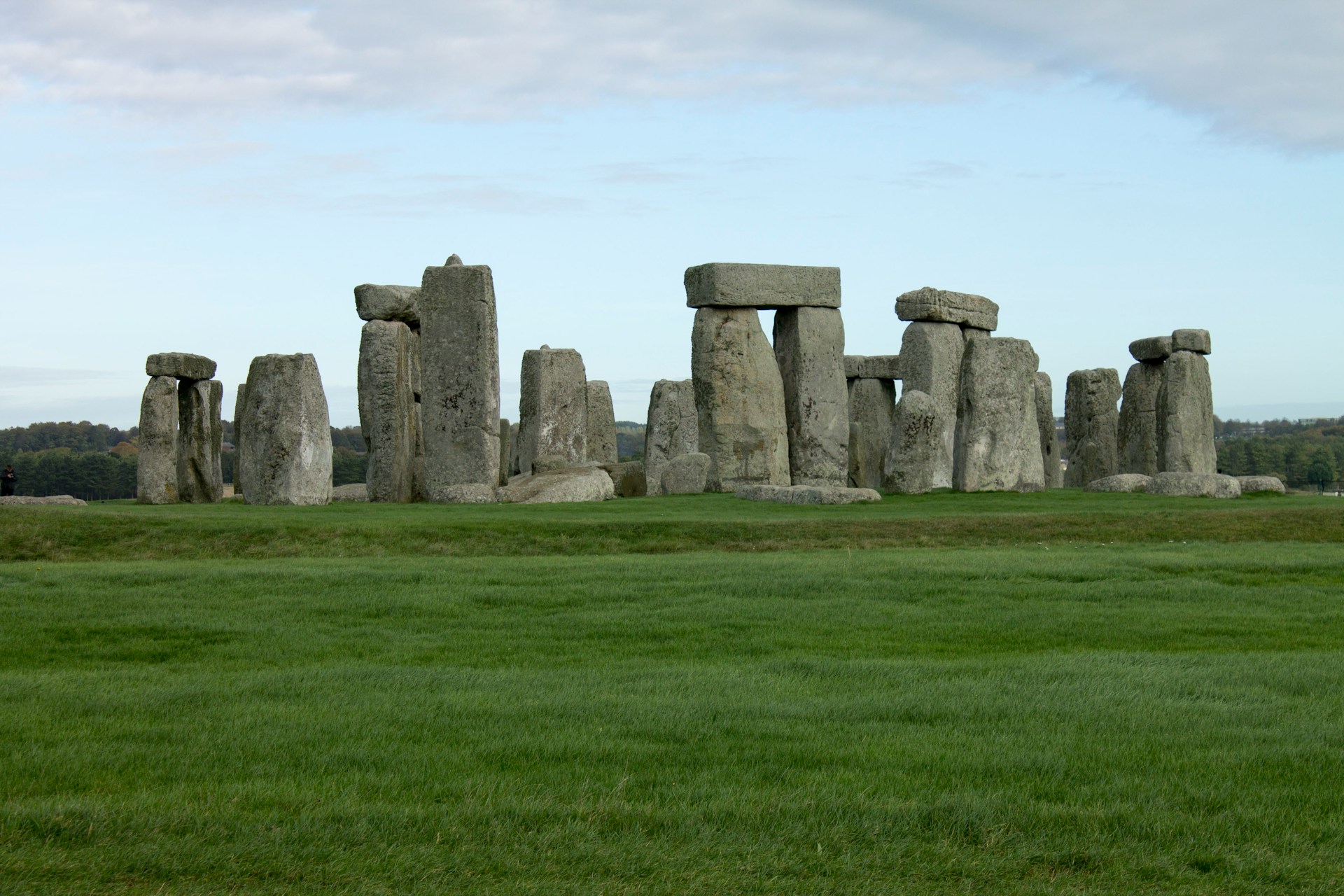How Can UK Heritage Sites Use Immersive Technology to Enhance Visitor Learning?

In an age where the digital world is becoming an increasingly integral part of our daily lives, it's only natural that it has begun to permeate the realm of cultural heritage and tourism. From museums to historical sites, heritage institutions across the United Kingdom are leveraging the power of technology to create immersive visitor experiences that extend beyond conventional viewing and learning methods. By integrating cutting-edge technologies like virtual reality (VR), augmented reality (AR) and other digital approaches, heritage sites are reimagining the way visitors interact with and learn about the past.
Integrating Virtual Reality into Heritage Tourism
As you set foot into the world of heritage tourism, the possibilities for harnessing virtual reality are boundless. With VR, visitors can be transported back in time to experience historical moments as if they were there, or explore inaccessible, delicate, or remote parts of heritage sites.
A voir aussi : What Strategies Can UK-Based Charities Use to Enhance Donor Retention?
Through the use of VR headsets, heritage sites can offer fully immersive 360-degree environments that allow visitors to delve into the past in an engaging and interactive way. The British Museum, for instance, has already begun using VR to bring its ancient Egyptian collection to life. Visitors can virtually navigate through the pyramids, discovering secret chambers and hidden treasures while gaining a deeper understanding of the civilisation's history.
Using VR, heritage sites can also cater to a wider audience, particularly to those who are unable to visit the sites in person. This technology offers an inclusive experience, providing everyone, regardless of their physical location, the opportunity to explore and learn about the UK's rich and diverse cultural heritage.
A lire également : How to Effectively Manage Seasonal Demand Fluctuations in the UK Tourism Industry?
Augmenting the Visitor Experience with AR
While virtual reality offers a completely digital experience, augmented reality enhances the real world by overlaying it with digital elements. This technology is increasingly being adopted by heritage sites to provide visitors with an enriched learning experience.
Using AR, heritage institutions can provide visitors with additional layers of information about the exhibits or sites. For example, an AR app could superimpose animations or short videos onto artefacts, bringing them to life and offering insights into their historical context. Similarly, AR could be used to reconstruct ruined or damaged sites, allowing visitors to see them as they would have appeared in their heyday.
The use of AR can also promote interactive learning. Visitors can engage with the digital elements, triggering different outcomes or pieces of information, which can help to deepen their understanding of the heritage site or exhibit.
Digitising Collections for a Virtual Museum Experience
Beyond VR and AR, the digitisation of collections has emerged as a powerful tool for enhancing visitor experience and learning. Many heritage institutions are now curating digital exhibitions, enabling visitors to browse and interact with artefacts online.
Through digital catalogues, visitors can access high-resolution images of artefacts, along with detailed descriptions, historical context, and related articles. Some institutions even offer the option to zoom in and examine artefacts at a microscopic level, something that isn't possible with physical exhibits.
By making their collections available online, heritage sites are reaching out to a global audience. This not only increases accessibility but also opens up avenues for collaborative learning and international cultural exchange. The digital environment serves as a platform where users from around the world can share their interests, insights, and knowledge about the exhibits.
Leverage Google Technologies for Enhanced User Experience
Google, being a tech giant, offers a suite of tools and platforms that can be utilised to improve user experience in heritage tourism. Google Arts & Culture, for instance, allows institutions to digitally showcase their collections to a global audience.
One of the major advantages of Google's technology is its ability to create a seamless and intuitive user experience. This includes straightforward navigation, user-friendly interface, and the use of machine learning and AI for personalised recommendations based on user behaviour, all of which contribute to an enriching and enjoyable visitor experience.
Optimising heritage sites for Google search is another strategy for enhancing visitor learning. By making sure the sites or online exhibits are search engine optimised, heritage institutions can ensure that they are easily discoverable by users searching for relevant keywords.
Transforming Heritage Sites into Immersive Learning Environments
In conclusion, the integration of digital technologies into heritage tourism is opening up new avenues for visitor learning. By transforming heritage sites into immersive learning environments, institutions are not only enhancing visitor engagement but also promoting a deeper understanding and appreciation of our cultural heritage.
Through immersive technologies like VR and AR, digitised collections, and leveraging Google's user-friendly tools, heritage sites can offer a unique blend of education and entertainment. This fusion of the past with the present, history with technology, is what makes heritage tourism in the digital age an exciting and rewarding experience.
Utilising Mobile Devices for Immersive Experiences
In the digital age, mobile devices such as smartphones and tablets have become an extension of ourselves. These gadgets play an essential role in the realm of UK heritage sites too, providing visitors with tailored, immersive experiences that transport them back in time.
Many heritage institutions across the UK are creating dedicated mobile apps that integrate VR and AR technologies. These apps can serve as personal tour guides, providing background information, historical facts and stories about the sites and exhibits. With their in-built cameras, mobile devices can be used to view AR content, and by plugging in a pair of headphones, visitors can enjoy audio tours or listen to commentary while exploring the site.
Furthermore, apps can offer interactive maps and navigational tools, helping visitors navigate large and complex heritage sites with ease. They can also provide real-time updates, alerting visitors about upcoming events, special exhibits, or changes in opening hours.
The inclusion of educational games and quizzes in these apps can turn the visit into a fun, competitive learning experience. This can be especially effective in engaging younger visitors, encouraging them to learn more about the UK’s cultural heritage while having fun.
By offering personalised, immersive experiences, mobile device integration significantly enhances visitor engagement and promotes active learning. As a result, visitors leave with a deeper understanding and appreciation for the heritage site, having fully immersed themselves in the rich history and culture.
Embracing Mixed Reality for a Comprehensive Learning Experience
As the name suggests, mixed reality (MR) is a blend of real and virtual environments, providing a unique, immersive user experience. This technology combines elements of both VR and AR, creating a virtual environment where physical and digital objects coexist and interact in real-time.
In the context of heritage tourism, MR can provide a comprehensive learning experience. For instance, while exploring a historical site, visitors could use MR glasses to see virtual reconstructions of destroyed or missing parts. They could interact with these virtual elements, triggering audio or textual information about the site's history.
Furthermore, MR can provide a hands-on learning experience that could be particularly beneficial in educational settings. For example, students could virtually handle artefacts, dissect them, and put them back together, all within a controlled and damage-free virtual environment.
MR also has the potential to create memorable, emotionally resonant experiences. Imagine standing in a battlefield, seeing and hearing the chaos of the fight, feeling the fear and adrenaline. Such an experience could leave a lasting impression, fostering a deeper understanding of historical events.
In summary, mixed reality can offer a holistic and immersive learning experience, enhancing visitor understanding and appreciation of UK's cultural heritage.
Concluding Remarks
The use of immersive technologies in UK heritage sites is revolutionising the way we interact with, learn about, and appreciate our cultural heritage. By leveraging VR, AR, mobile devices and mixed reality, these sites are able to create unique, engaging, and immersive experiences that cater to the digital age.
The digitalisation of heritage tourism not only increases accessibility but also fosters a deeper understanding of our history and culture. It allows for collaborative learning and international cultural exchange, facilitating a global appreciation of UK's rich heritage.
In the era where technology permeates every aspect of our lives, it is exhilarating to see how it is breathing life into our history, making learning an enjoyable and rewarding experience. As we continue to innovate and evolve, it will be fascinating to see how immersive technologies further transform our engagement with cultural heritage.
